Introduction
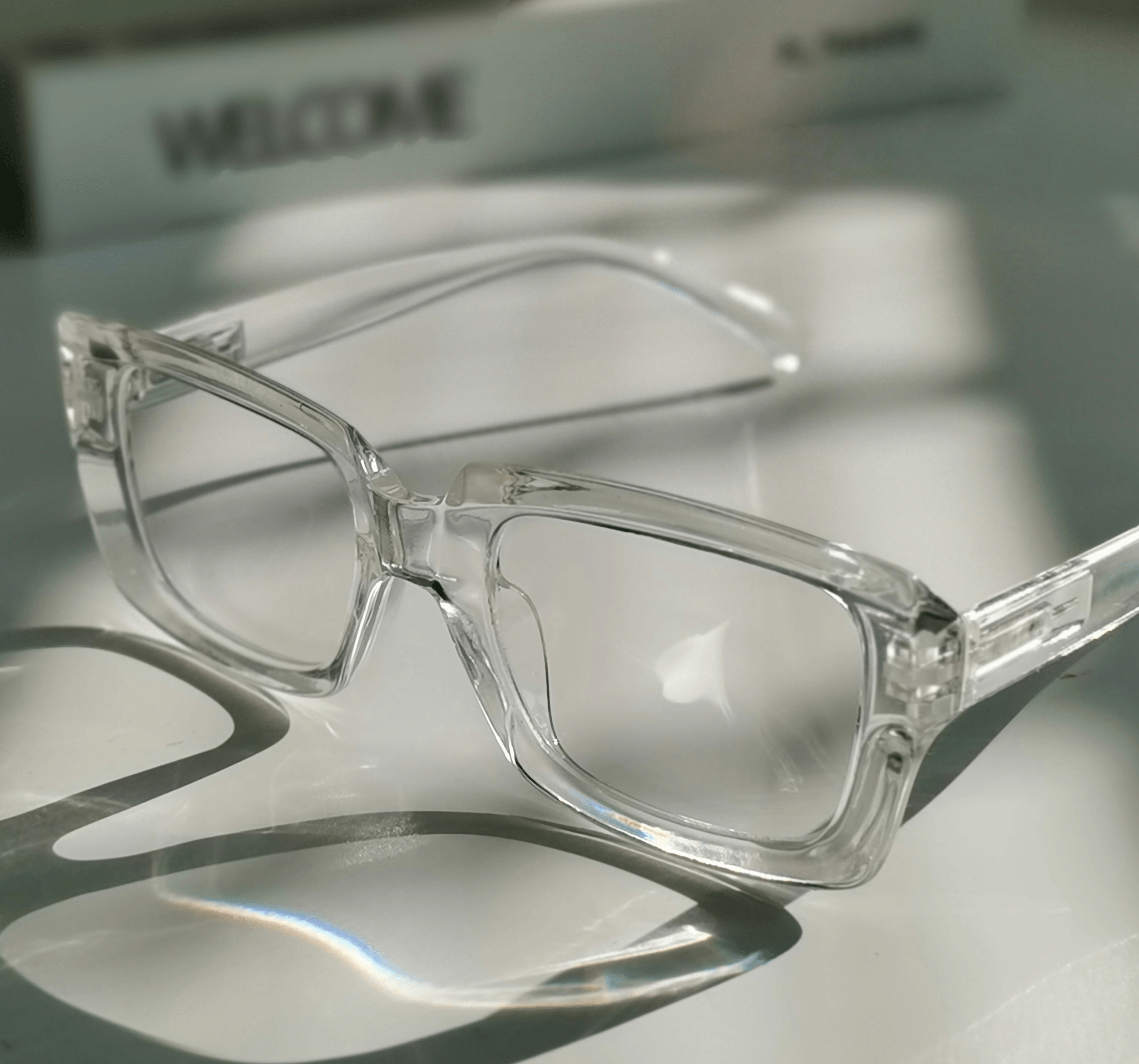
Choosing the right lens material for glasses can feel like navigating a maze of options, each promising to deliver clarity and comfort. With so many lens material types available, it’s essential to understand the differences and benefits of each to find what truly suits your needs. Whether you're pondering what material is best for eyeglass lenses or simply seeking the best lenses for glasses, this guide will shed light on your choices.
Understanding Lens Materials
Lens materials play a crucial role in how we experience vision correction and comfort throughout our daily lives. The best lens material for glasses not only affects visual clarity but also impacts factors like weight, durability, and scratch resistance. By familiarizing yourself with various lens types—like CR-39, polycarbonate, and glass—you'll be better equipped to make an informed decision that aligns with your lifestyle.
Importance of Choosing the Right Lens
Selecting the right lens material can significantly influence your overall satisfaction with your eyewear. The question Which is better, CR-39 or polycarbonate? often arises because these materials cater to different needs; understanding their strengths helps you choose wisely. Ultimately, making an educated choice about what are the best lenses for glasses ensures that you enjoy optimal vision quality without compromising on comfort.
Overview of Popular Lens Types
From classic glass lenses known for their optical clarity to lightweight polycarbonate lenses praised for their impact resistance, each option has its unique advantages. As we delve deeper into this topic, you'll discover insights into finding the best lens material for reading glasses as well as everyday wear.
The Different Lens Material Types
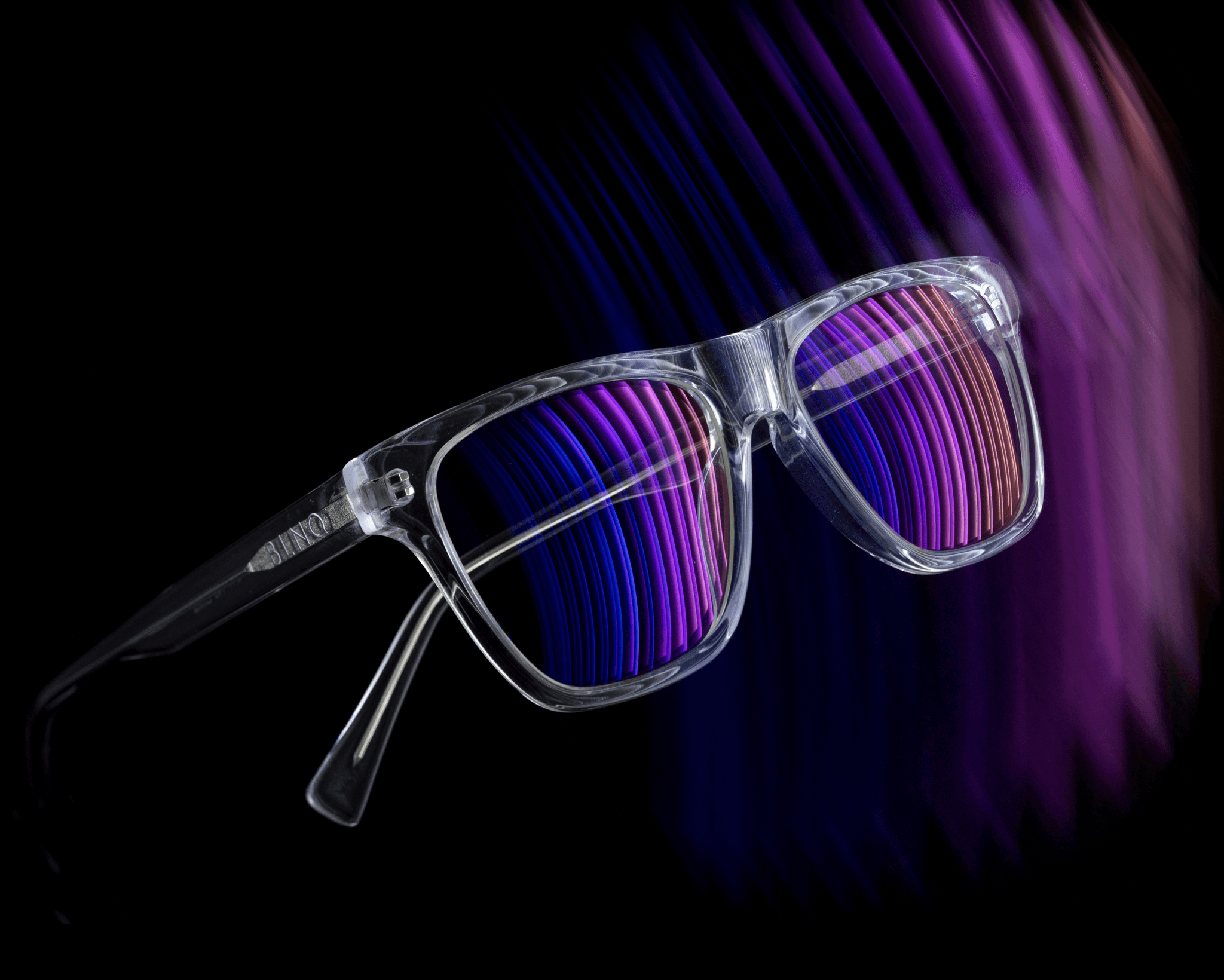
Glass: The Classic Choice
Glass lenses have been around for ages and are often regarded as the classic choice for eyewear enthusiasts. Known for their superior optical clarity and scratch resistance, they provide a crisp visual experience that many users swear by. However, while they offer excellent vision quality, glass lenses can be heavier than other materials and more prone to shattering upon impact—definitely something to consider when pondering what material is best for eyeglass lenses.
CR-39: Lightweight and Affordable
CR-39 is a favorite among budget-conscious shoppers looking for the best lens material for glasses without sacrificing quality. This plastic lens is lightweight, making it comfortable for all-day wear, especially if you need reading glasses or progressive lenses. Plus, it's affordable! While not as scratch-resistant as glass or polycarbonate lenses, CR-39 offers decent protection against everyday wear and tear—a reliable option if you're wondering what are the best lenses for glasses on a budget.
Polycarbonate: Impact Resistant and Versatile
Polycarbonate lenses are increasingly popular due to their impressive impact resistance and versatility—making them ideal for active lifestyles or those who need robust eyewear solutions. These lenses are thinner and lighter than both glass and CR-39 options while still providing excellent UV protection—perfect if you're often outdoors! If you've been asking yourself which is better, CR-39 or polycarbonate? The answer leans toward polycarbonate if durability is your primary concern.
The Best Lens Material for Glasses
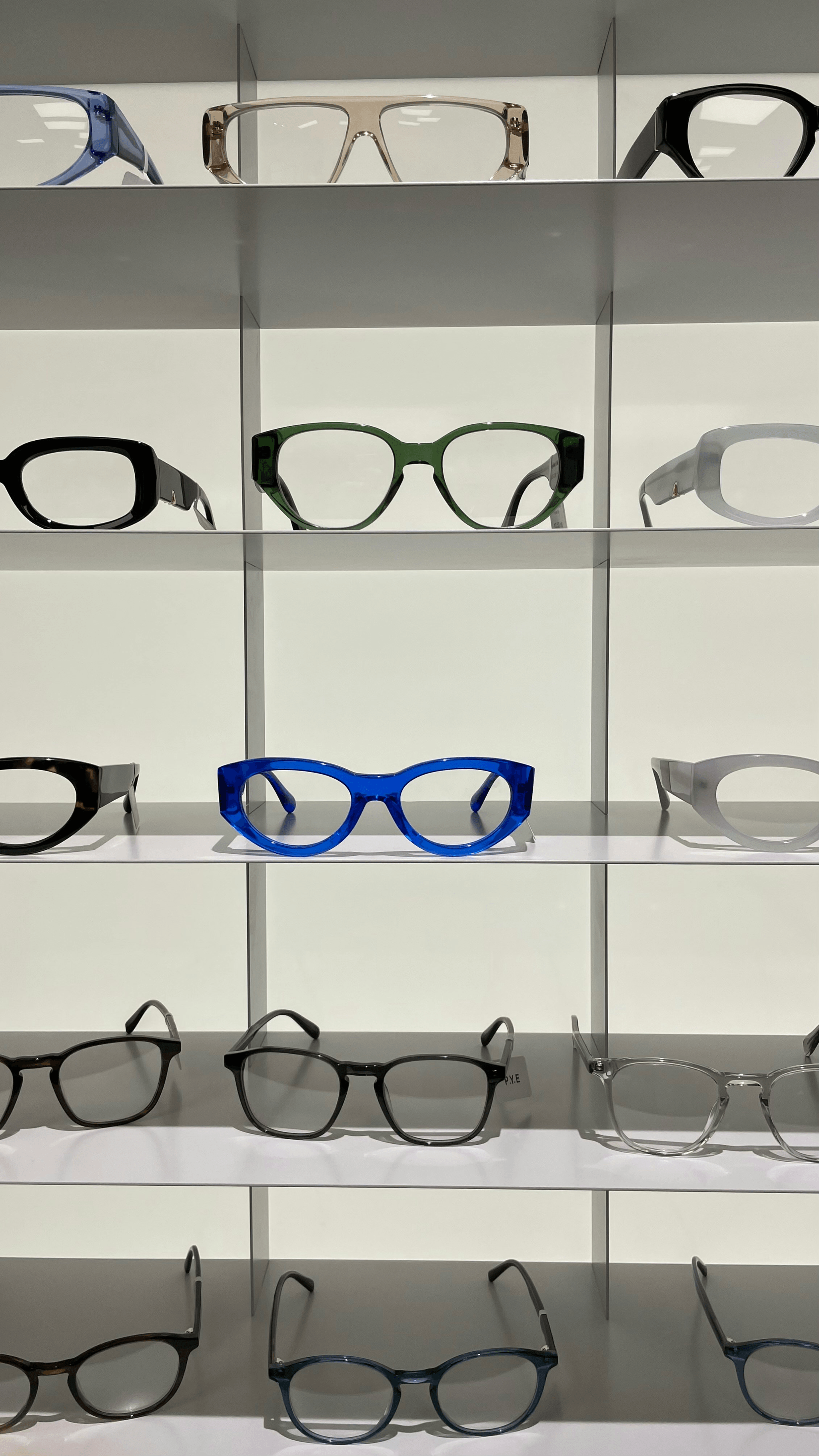
Choosing the best lens material for glasses is crucial for ensuring comfort and clarity in vision. With various lens material types available, each offers unique benefits that cater to different needs and preferences. By evaluating comfort and clarity, factoring in personal lifestyle choices, and identifying specific requirements, you can determine what material is best for eyeglass lenses.
Evaluating Comfort and Clarity
When it comes to eyeglass lenses, comfort and clarity are paramount. The best lens material for glasses should provide a lightweight feel while delivering optimal visual performance; this is where materials like polycarbonate lenses shine due to their impact resistance and reduced weight. Additionally, the clarity of vision is essential—higher index lenses can offer thinner profiles without compromising optical quality.
Finding the right balance between comfort and visual acuity can significantly enhance your overall experience with your eyewear. For instance, if you spend long hours reading or working on screens, prioritizing anti-reflective coatings alongside your chosen lens material can improve both clarity and comfort. Ultimately, understanding how different lens materials affect your day-to-day activities will guide you toward making an informed choice.
Factors Influencing Your Choice
Several factors play a role in determining what material is best for eyeglass lenses tailored to your needs. First off, consider lifestyle: active individuals may benefit more from durable options like polycarbonate lenses due to their impact resistance compared to traditional glass or CR-39 materials. Furthermore, prescription strength can also dictate which lens type will work best; higher prescriptions might require high-index lenses that are thinner yet still provide excellent clarity.
Another important consideration is budget—CR-39 offers an affordable option without sacrificing too much quality if you're looking to save some bucks while still getting decent eyewear. Don't forget about aesthetics either; some people prefer the classic look of glass over plastic alternatives or vice versa! Ultimately, weighing these factors will help you narrow down what are the best lenses for glasses that suit your individual requirements.
Recommendations for Specific Needs
When searching for the best lens material for reading glasses or other specific applications, it's essential to align your choice with your unique vision needs. If you're primarily using reading glasses at home or work, CR-39 could be a great option due to its affordability and decent optical quality—perfect when you need something lightweight but effective! However, if you're constantly on-the-go or require progressive lenses that accommodate multiple viewing distances seamlessly, polycarbonate might be more suited thanks to its durability.
For those who frequently engage in outdoor activities or sports where safety is a concern, polycarbonate's impact resistance makes it an ideal candidate as well—no one wants shattered glass around their eyes! Finally, don't overlook protective accessories: investing in the right cleaning supplies ensures longevity; after all, what is the best lens cloth for eyeglasses? A microfiber cloth works wonders by preventing scratches while keeping them crystal clear!
What Material is Best for Eyeglass Lenses?
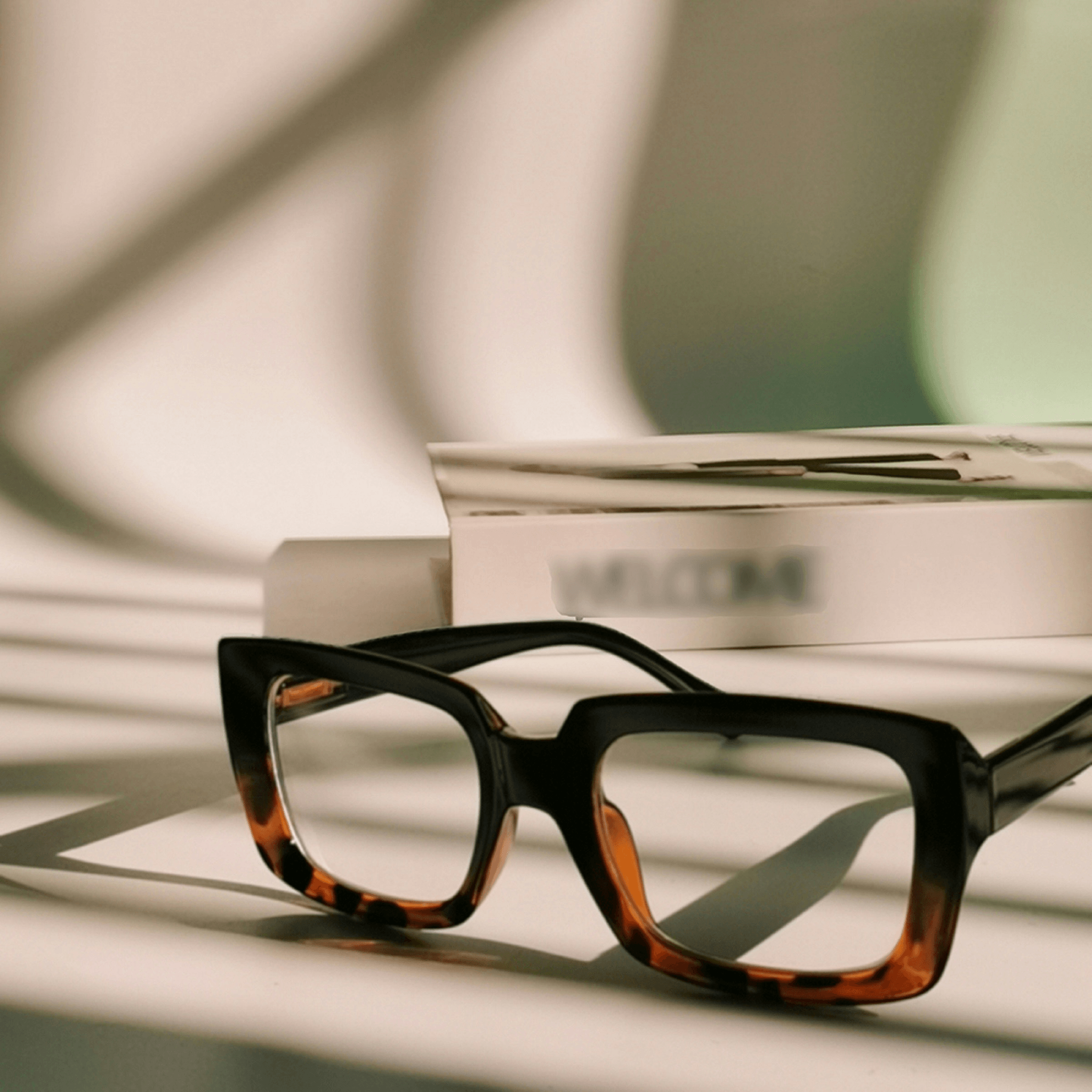
When it comes to selecting the best lens material for glasses, understanding the options available can be a game changer. Each lens material type has unique characteristics that cater to different visual needs and lifestyles. So, what material is best for eyeglass lenses? Let’s delve into the comparisons to help you make an informed choice.
Comparing Various Lens Materials
There are several popular lens materials on the market, each with its own set of advantages and disadvantages. The most common types include glass, CR-39, and polycarbonate lenses. While glass offers superior optical clarity, CR-39 stands out for its affordability and lightweight nature, whereas polycarbonate lenses are renowned for their impact resistance and versatility.
When evaluating these materials, consider factors like weight, thickness, scratch resistance, and overall durability. For instance, if you're active or have children who might need glasses that withstand daily wear-and-tear, polycarbonate may be your best bet. On the other hand, if you prioritize clarity above all else in a controlled environment (think reading at home), then glass could be your ideal choice.
Pros and Cons of Each Option
Now that we've compared various lens materials let's break down their pros and cons to answer the question: What are the best lenses for glasses?
Glass:
1)Pros: Excellent optical clarity; scratch-resistant.
2) Cons: Heavier; prone to shattering; less impact-resistant than others.
CR-39:
3) Pros: Lightweight; affordable; good optical quality.
4) Cons: Less scratch-resistant than glass or polycarbonate; not as impact-resistant.
Polycarbonate:
5) Pros: Highly impact-resistant; lightweight; thinner than CR-39.
6) Cons: Can be more expensive; slightly lower optical clarity than glass.
Each option has its merits depending on your specific needs—whether you’re wondering which is better, CR-39 or polycarbonate—or simply looking for comfort in everyday use.
Ideal Choices for Different Lifestyles
Finding the best lens material for reading glasses can significantly enhance your visual experience while ensuring comfort throughout long reading sessions. If you're an avid reader or someone who spends hours on screens daily, consider opting for high-index lenses made from either CR-39 or polycarbonate due to their lighter weight and thinner profile.
For those leading a more active lifestyle—think sports enthusiasts or parents with young kids—polycarbonate lenses are often recommended due to their durability and safety features. However, if style matters just as much as function (and let’s face it—it often does!), you might want to explore stylish frames that accommodate high-quality glass lenses without sacrificing aesthetics.
Ultimately, determining what material is best for eyeglass lenses boils down to personal preference combined with lifestyle considerations—so take your time exploring all options!
Which is Better, CR-39 or Polycarbonate?

Durability and Scratch Resistance
Durability is a significant factor when considering what material is best for eyeglass lenses. Polycarbonate lenses are known for their exceptional impact resistance, making them an ideal choice for active lifestyles or safety eyewear. On the other hand, while CR-39 offers decent durability, it does not hold up as well against scratches unless treated with a scratch-resistant coating—something you might want to consider if you're looking for the best lenses for glasses that can withstand daily wear and tear.
Weight and Thickness Considerations
Weight plays a pivotal role in comfort when choosing eyeglass lenses. Generally speaking, polycarbonate lenses are lighter than CR-39 options, which can be especially beneficial if you're wearing glasses all day long or need reading glasses that won't weigh down your nose. Additionally, polycarbonate tends to be thinner than CR-39 at similar prescription strengths—a factor that can enhance both aesthetics and comfort.
Optimal Uses for Each Material
When pondering which is better—CR-39 or polycarbonate—it’s essential to consider how you plan to use your eyewear. If you require prescription sunglasses or protective eyewear, polycarbonate may be your best bet due to its superior impact resistance and lightweight nature; it's often recommended as the best lens material for reading glasses as well because of these qualities. Conversely, if you prioritize optical clarity over durability and don't mind extra weight in exchange for potentially lower costs, then CR-39 could serve you well.
Best Lens Material for Reading Glasses

Importance of Prescription Accuracy
Prescription accuracy is not just a recommendation; it's essential for optimal visual performance. If you’re asking yourself, What material is best for eyeglass lenses? remember that even the finest materials won't help if the prescription isn't spot-on. The right lens material can amplify your reading experience, but it must align perfectly with your visual requirements to truly shine.
Options for Progressive Lenses
For those who require multifocal capabilities, progressive lenses offer a seamless transition between different vision zones—ideal for both reading and distance viewing. When considering options like CR-39 or polycarbonate, understanding their suitability for progressive designs can make a significant difference in comfort and usability. If you’re wondering What are the best lenses for glasses? progressive polycarbonate lenses often top the list due to their lightweight nature and impact resistance.
Comfort and Visual Performance
Comfort in wearing reading glasses hinges on both lens weight and clarity of vision; this is where selecting the best lens material becomes vital. Polycarbonate lenses stand out as they are not only lightweight but also deliver excellent visual performance without compromising durability—a perfect match for avid readers! Ultimately, balancing comfort with functionality will lead you to discover what material is best for eyeglass lenses tailored specifically to your lifestyle needs.
Conclusion
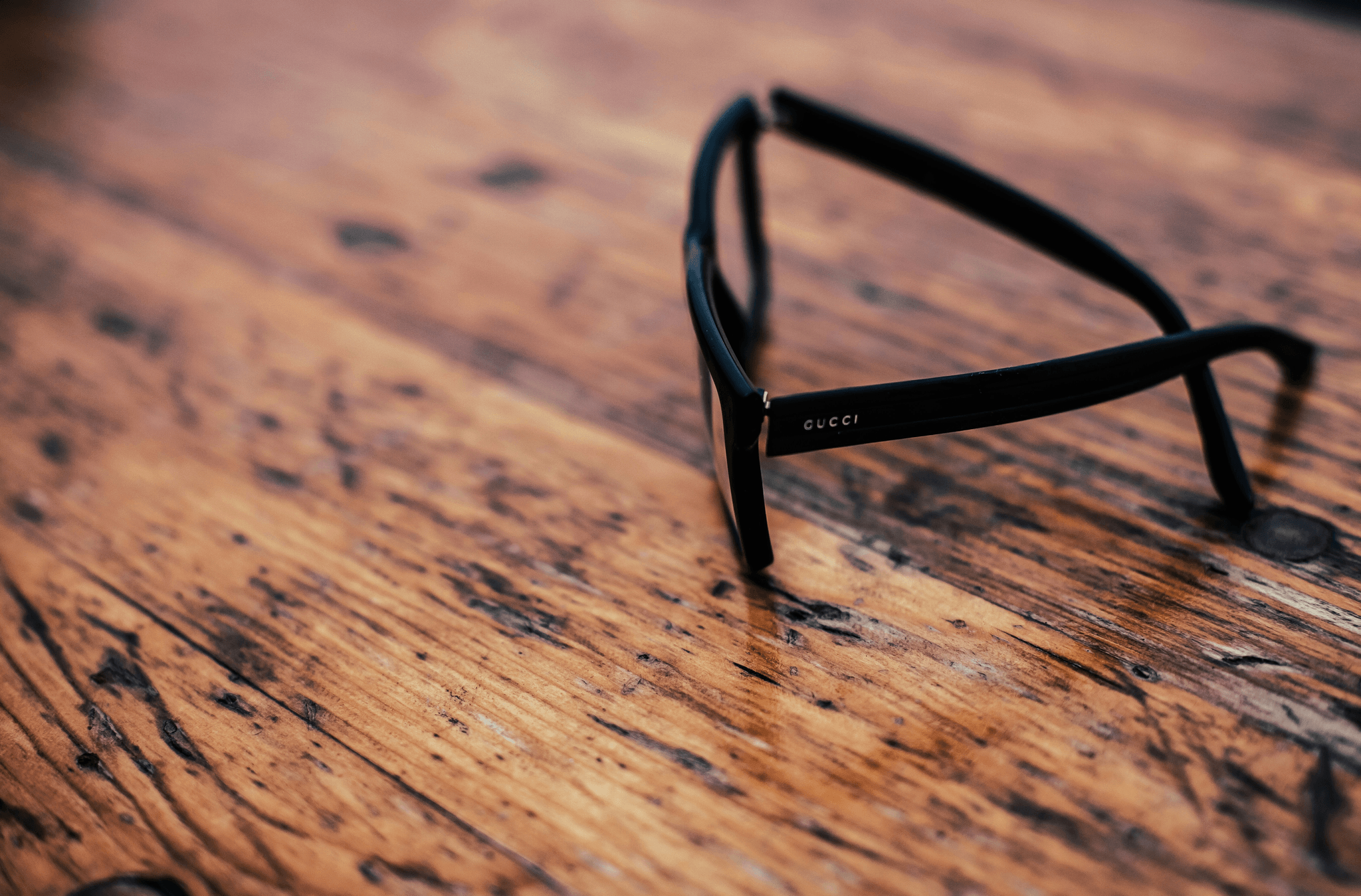
Choosing the right lens material can significantly enhance your visual experience and comfort. As we’ve explored, the best lens material for glasses varies based on individual needs, lifestyle, and preferences. Understanding the nuances between different lens types will empower you to make an informed decision.
Key Takeaways on Lens Materials
Glass lenses are appreciated for their clarity but can be heavy; CR-39 offers a lightweight and affordable alternative; while polycarbonate lenses shine in durability and impact resistance. Ultimately, knowing the pros and cons of these lens material types will help you identify what are the best lenses for glasses tailored to your lifestyle.
Recommendations for Everyday Use
For everyday wear, consider your daily activities when deciding between materials. If you lead an active lifestyle or have children, polycarbonate lenses might be your best bet due to their impact resistance. Conversely, if you prioritize optical clarity and aren’t too worried about weight, CR-39 could be ideal; just remember to ask about which is better—CR-39 or polycarbonate—when visiting your optician.
Finding Your Perfect Pair with Daposi
Daposi offers a range of options designed to meet various visual needs while ensuring comfort and style. Whether you're searching for the best lens material for reading glasses or need guidance on progressive lenses, they have got you covered. Don’t forget to inquire about the best lens cloth for eyeglasses too; keeping those precious lenses clean is essential!
